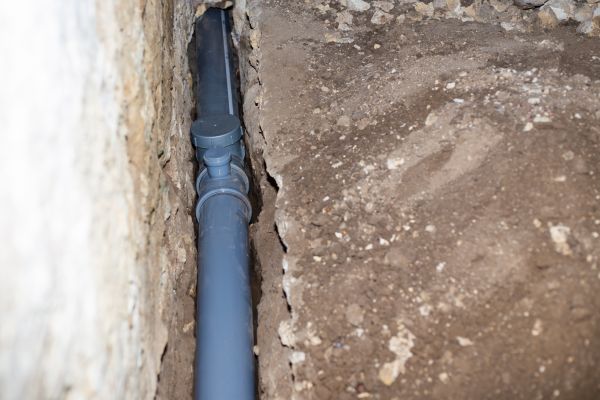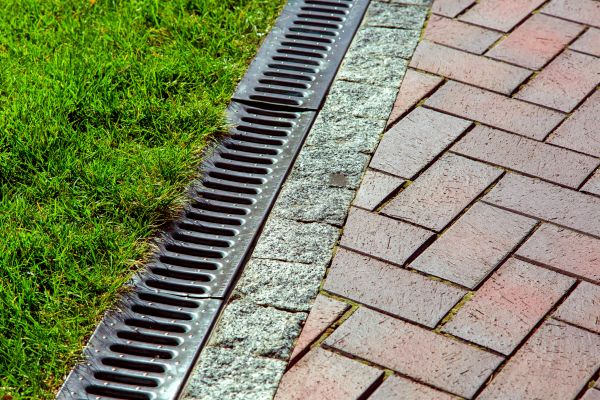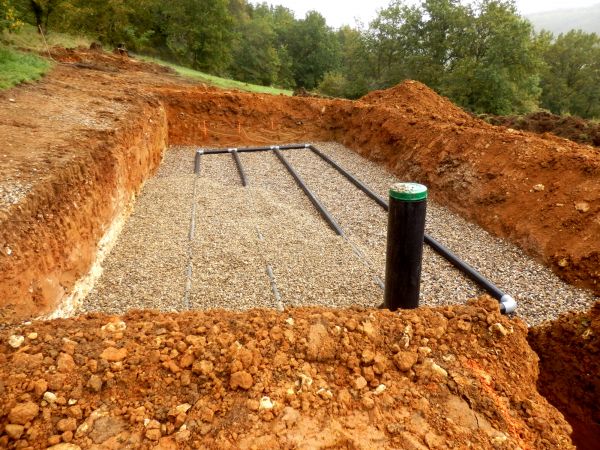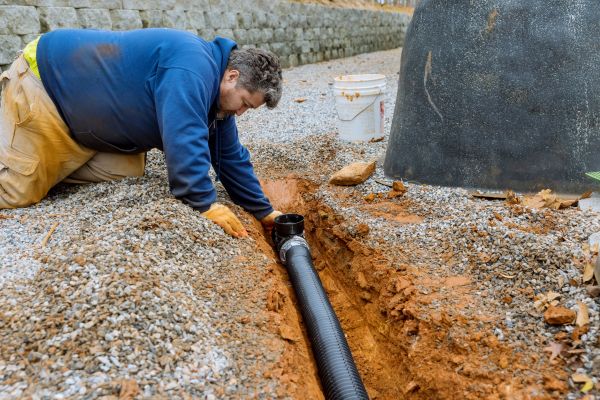Sewage Field Replacement Service
Affordable Sewage Field Replacement
Sewage field replacement is a crucial process for maintaining the efficiency and safety of a septic system. Over time, sewage fields, also known as drain fields or leach fields, can become clogged or damaged due to the accumulation of waste materials, leading to system failures. Replacement of these fields ensures that wastewater is properly filtered and treated before it is released into the environment. This process is important not only for the longevity of the septic system but also for protecting public health and the surrounding ecosystem from contamination.
Benefits of Sewage Field Replacement
-
Improved System Efficiency
Replacing an old or failing sewage field can significantly enhance the overall efficiency of a septic system. New drainage fields are designed to handle waste more effectively, reducing the risk of backups and overflows. This improvement ensures that the entire system operates smoothly, minimizing the chances of costly repairs in the future. -
Environmental Protection
A properly functioning sewage field is essential for preventing harmful waste from entering the local environment. By replacing a damaged field, the risk of groundwater contamination is greatly reduced. This is vital for maintaining clean water sources and protecting local wildlife and vegetation from the adverse effects of untreated waste. -
Increased Property Value
A well-maintained septic system, including an updated sewage field, can increase the value of a property. Prospective buyers are more likely to invest in a home with a reliable and efficient waste management system. This investment in infrastructure not only enhances property value but also provides peace of mind to homeowners. -
Compliance with Regulations
Many regions have strict environmental regulations regarding septic systems. Replacing a sewage field ensures compliance with these standards, avoiding potential fines and legal issues. Adhering to regulations also demonstrates a commitment to environmental stewardship and community health.
FAQs About Sewage Field Replacement
What signs indicate that a sewage field needs replacement?
Common signs include persistent odors, slow drains, standing water in the yard, and frequent septic backups. If these issues are present, it may be time to consider a replacement.
How long does a sewage field typically last?
A well-maintained sewage field can last anywhere from 20 to 30 years, depending on usage and environmental conditions. Regular inspections and maintenance can extend this lifespan.
Is sewage field replacement a DIY project?
Sewage field replacement is a complex process that requires professional expertise. It involves significant excavation and precise installation to ensure proper function and compliance with regulations.
What factors influence the cost of sewage field replacement?
Several factors can affect the cost, including the size of the field, soil conditions, and local permit requirements. An assessment by a professional can provide a more accurate estimate.
Fill out the contact form today to request Sewage Field Replacement and experience the benefits of improved system efficiency, environmental protection, increased property value, and regulatory compliance.




